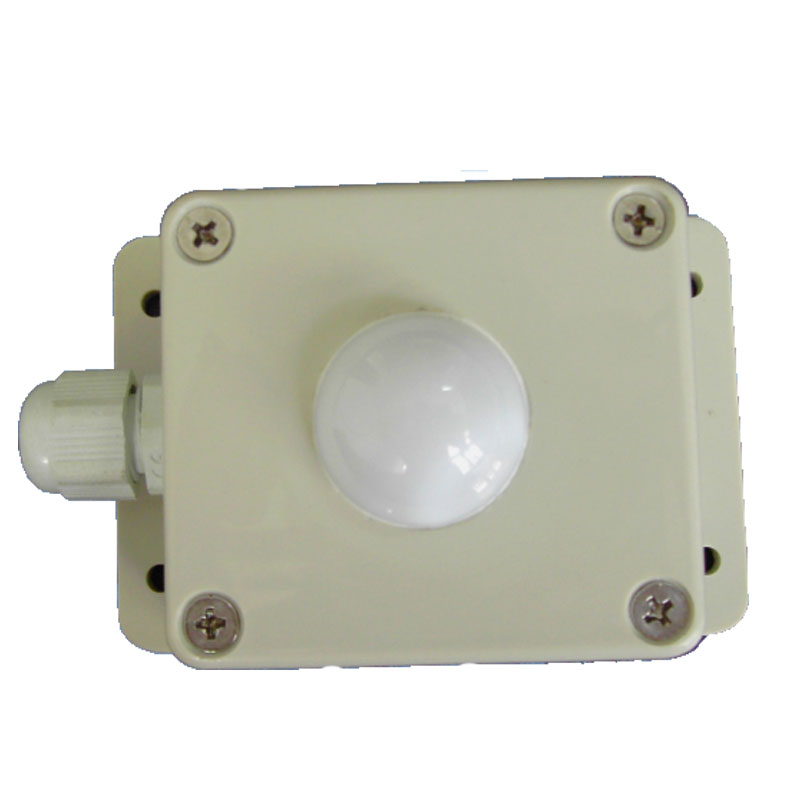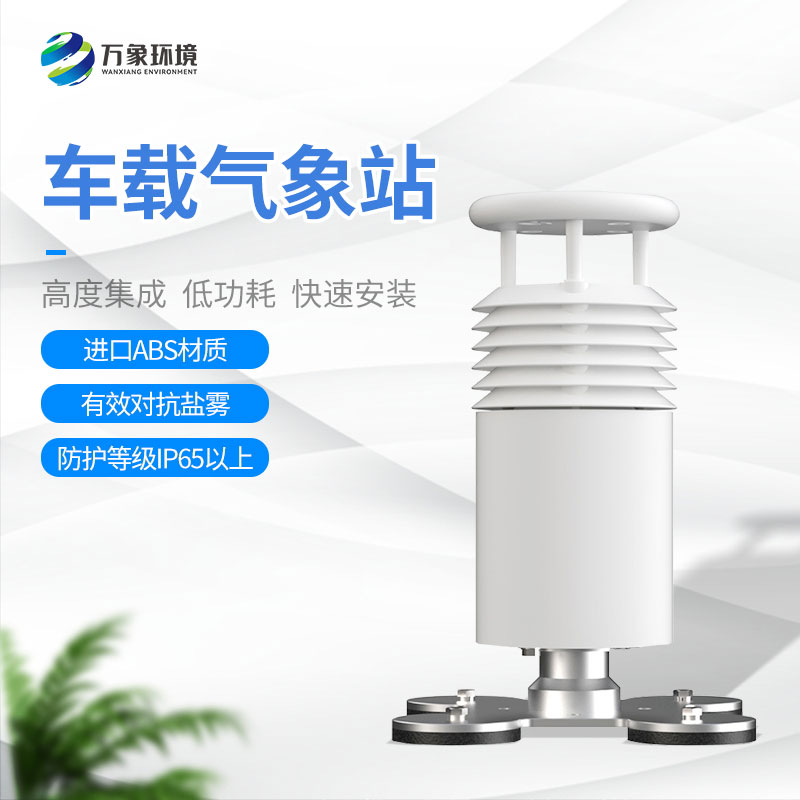Light sensor, also known as light intensity sensor, is a high-precision light sensor. The light sensor is a sensor used to detect light intensity, referred to as illuminance. It is widely used in agriculture, forestry, greenhouse cultivation, breeding, agricultural test fields, meteorological observations, and scientific laboratories. wait.
1. Performance indicators
Power supply voltage: 9-24V
Measuring range: 0-150 Klux
output signal:
Signal line: 4-20mA, 0-5V corresponding to 0-150 KLUX
Also provides 485 MODBUS signal output
Accuracy: ±5%
Working current: less than 30 mA
Load capacity: better than 600 ohms, generally 250 ohms is recommended
Spectral range: visible light (400-700nm)
Working environment: -20℃~60℃, 0~70%RH
Storage environment: -30℃~80℃, 0~80%RH
Response time: 50 milliseconds
Stabilization time: <1 second
Protection level: IP65 (completely prevents dust from entering, no harm caused by washing with water)
Standard length: 1.5 meters
Farthest lead length: voltage (10 meters), 500 meters (current), 300 meters (digital)
2. Working principle
Sunlight at different angles converges to the photosensitive area through the cosine corrector. The sunlight concentrated in the photosensitive area filters out light other than visible light through the blue and yellow imported filters; the visible light passing through the filter irradiates the imported photodiode. The photodiode converts the photoelectric signal into an electrical signal according to the intensity of visible light, and the electrical signal enters the microcontroller system. The microcontroller system performs temperature compensation on the collected photoelectric signal based on the temperature sensing circuit, and outputs a precise linear electrical signal.
In order to improve the accuracy and resolution of the transmitter, we adopt a unique patented technology, dual-channel signal output, which are KLUX level signal and LUX level signal.
Data conversion example:
Listed as output: KLUX=10mA, LUX=10mA
LUX=(10-4 )/(20-4)*150000= 56.25Klux
Light intensity=56.375KLUX

3. Keywords
1 cosine corrector
Ensure the collection of incident light from different angles to reflect a more realistic solar lighting environment
2 filters
Ensure that only visible light is transmitted through the sun, more truly reflecting the intensity of sunlight
3 High-precision photodiodes
Ensure that optical signals are truly converted into electrical signals
4Temperature compensation circuit
Reduce the error of electronic components affected by temperature and reflect a more accurate light intensity
5 microcontroller system
Reduce the light intensity error and output a more convenient and practical linear signal or digital signal
Product wiring instructions:
Positive pole of power supply | red |
|
Negative pole of power supply | black |
|
Signal 485A | blue |
|
485B | White |
|
|
|
|
Warning: Wiring process: Generally speaking, the wiring should be completely connected and confirmed before powering on. Live work is prohibited. In special circumstances, when working under live power, the negative pole of the power supply should be connected first, then the positive pole of the power supply, and then the output signal. Working with electricity on, in some cases, may damage the sensor! And it is damaged by improper human operation!
For 485 usage, if the signal is unstable, you can refer to the 485 specification and choose a terminal resistor. You can also consult the power company for details.
4. Conventional data
Natural lighting, sunlight exposure is natural lighting.
Artificial lighting, lighting is artificial lighting.
In summer, under direct sunlight, the light intensity can reach 60Klux ~ 150Klux, 1Klux ~ 10Klux outdoors without sunlight, 100 ~ 550lux indoors in bright summer, and 0.2lux under the full moon at night.
1 watt of incandescent lamp is about 12.56lux
The luminous efficiency of fluorescent lamps is 3 to 4 times that of incandescent lamps.
5. Application areas
Widely used in agriculture, forestry, greenhouse cultivation, breeding, agricultural experimental fields, meteorological observation, and scientific laboratories
Product address:
http://www.qxhjjc.com/en/baiyexiang/859.html 


















 Home
Home phone
phone Product Overview
Product Overview Contact Us
Contact Us